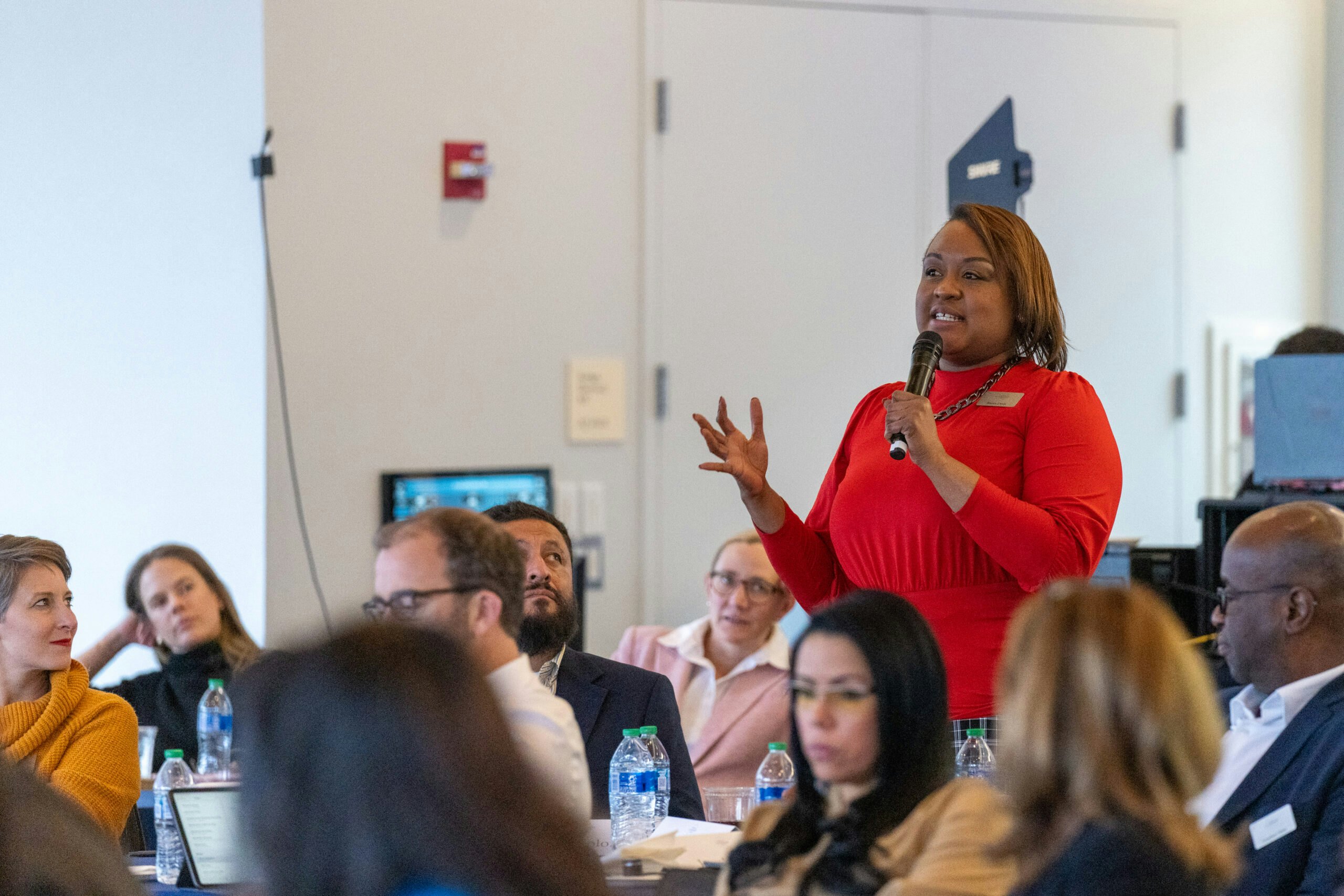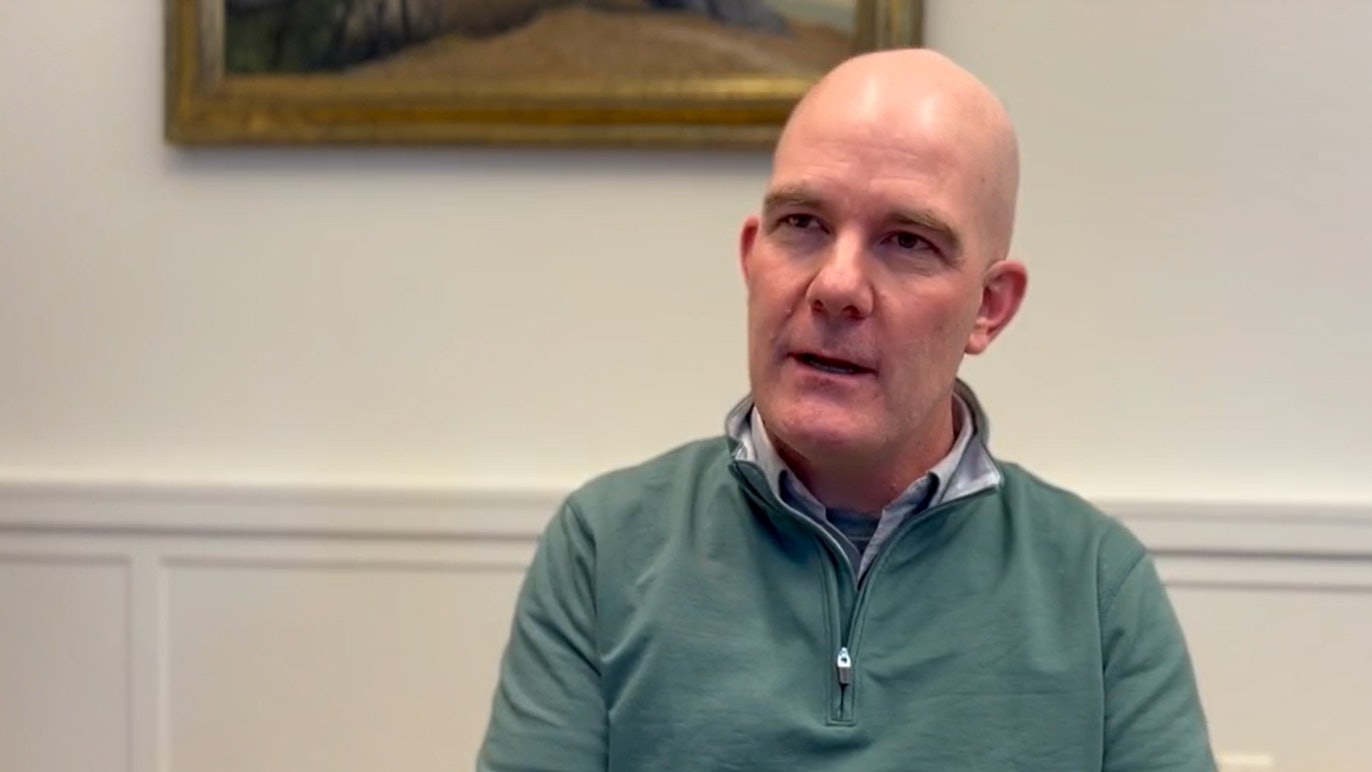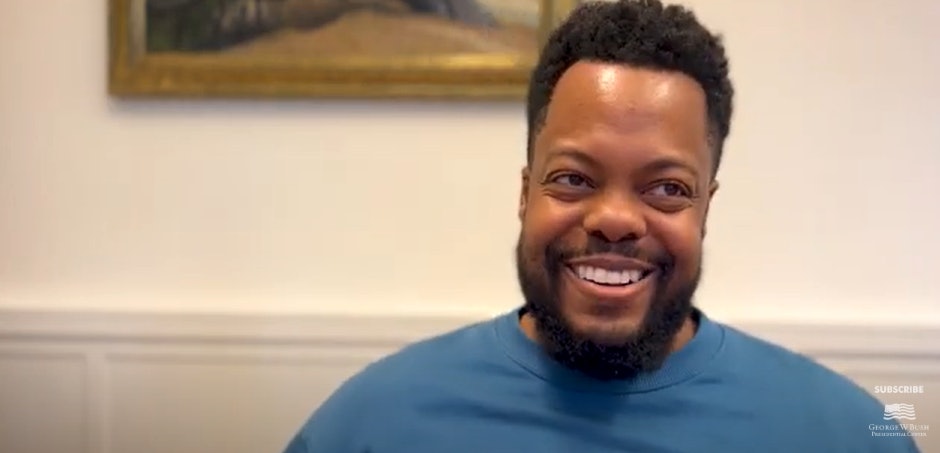Self publishing has become one of the fastest growing parts of the news business via services like Substack, YouTube, Instagram, TikTok, and podcasting platforms.
Some of the journalists behind these products developed their careers at more traditional outlets and use their audience-building skills to expand their reach and monetize their own content. Others are new to the profession and trying to establish themselves – sometimes hoping to be hired by a legacy media company. Both types need to brand themselves to attract subscribers and viewers, something legacy media companies have also figured out.
This has created a new media paradigm that allows reporters and commentators to engage directly with their audiences as never before. But at the same time, readers and viewers face a new challenge: how to become smarter about the content they’re consuming.
Branding by journalists and outlets makes it easier to know where content is coming from.
Social media creates a direct line to the human beings behind the news, opening them up to criticism, praise, and questions. It also provides some transparency into the background and biases of the journalist or content creator – and makes it clearer when there are actual humans behind the content rather than AI and bots. This is important in countering disinformation and misinformation because those individuals can be held directly accountable for their content, though it can also foster “news bubbles.”
We need readers and viewers to cast a critical eye on what they’re receiving – and who’s behind it – to become responsible news consumers. They must learn to recognize bias, sloppy reporting, and a lack of independent thought. Old school media companies once tried to protect their audiences from all these things but no longer can because of the shrinking legacy media landscape. Yet each of these issues are as big a threat to good journalism as cybersecurity.
Gen Z and millennials already have a very different, skeptical, and interactive approach to the news than previous generations. Rather than trusting legacy media, they often follow influencers who, like them, are in the early years of their careers. These younger content consumers need to consider distinctions between journalism and entertainment as they critically examine the backgrounds of the influencers and verify information in the posts they follow.
Older generations must do the same, but they have the extra task of breaking the habits of a lifetime. They must learn to interact with information and question where it comes from, rather than passively picking up a newspaper, turning on the radio or TV, or opening Facebook. Interacting doesn’t mean posting rude comments but leaning into the reporting and engaging with the source material to figure out who to trust.
When reading or viewing, consider whether the content creator is posting or interacting in questionable ways. Are they backing up their assertions with verifiable facts? Are they up front about any agenda? And, as a consumer, are you seeking content from outside your worldview?
The best journalists are transparent about what they’re trying to achieve – whether they’re offering an opinion, sharing a piece of objective reporting, or trying to spark a discussion. If they’re striving for objectivity, they leave their opinions out of it. These reporters want to build reputations for solid work that stands on its merits, in sharp contrast with the clickbait and false and misleading information all over the internet.
Trusting News, an organization that works with journalists to create best practices, recommends greater engagement with audiences, making one’s ethics public, and sharing information on news gathering methods.
That holds true for both independent journalists and legacy media companies, many of which are launching their own newsletters and podcasts on topics like the environment and politics while also improving their branding. The New York Times, for example, recently published fuller biographical information on its reporters and editors on its website so readers can learn about their qualifications and ethics.
These are critical steps to establishing trust that all news organizations and independent journalists should consider. Because branding oneself as an authority on a topic encourages people in the know to talk to journalists, improving information gathering, which helps create an informed electorate. And adding hits and eyes to the content improves the journalist’s job security and marketability while spurring the growth of independent media.
These changes to the news industry appear here to stay, in part because they’ve become existential for journalists.
Dozens of news outlets eliminated jobs in 2023, including The Washington Post, NPR, BuzzFeed News, Vox, and The Texas Tribune, followed by Axios in 2024. The media industry cut more than 21,000 jobs last year alone, more than five times as many as in the previous year, according to data from employment firm Challenger, Gray and Christmas. More than 3,000 of the cuts were in digital, broadcast, or print news, the highest level since 2020.
In the 20th century, Walter Cronkite was known as the most trusted man in America. That was a brand, too, but one built on decades of solid work, large public relations staffs, passive audiences, and little competition for viewers’ attention. Today, we have people like Katie Couric, Jessica Yellin, Jenna Lee, Tim Mak, to name a few, actively building trust on their own through audience engagement.
Brand building is now part of many journalists’ job descriptions. The challenge for audiences is how best to use that to their benefit.






























